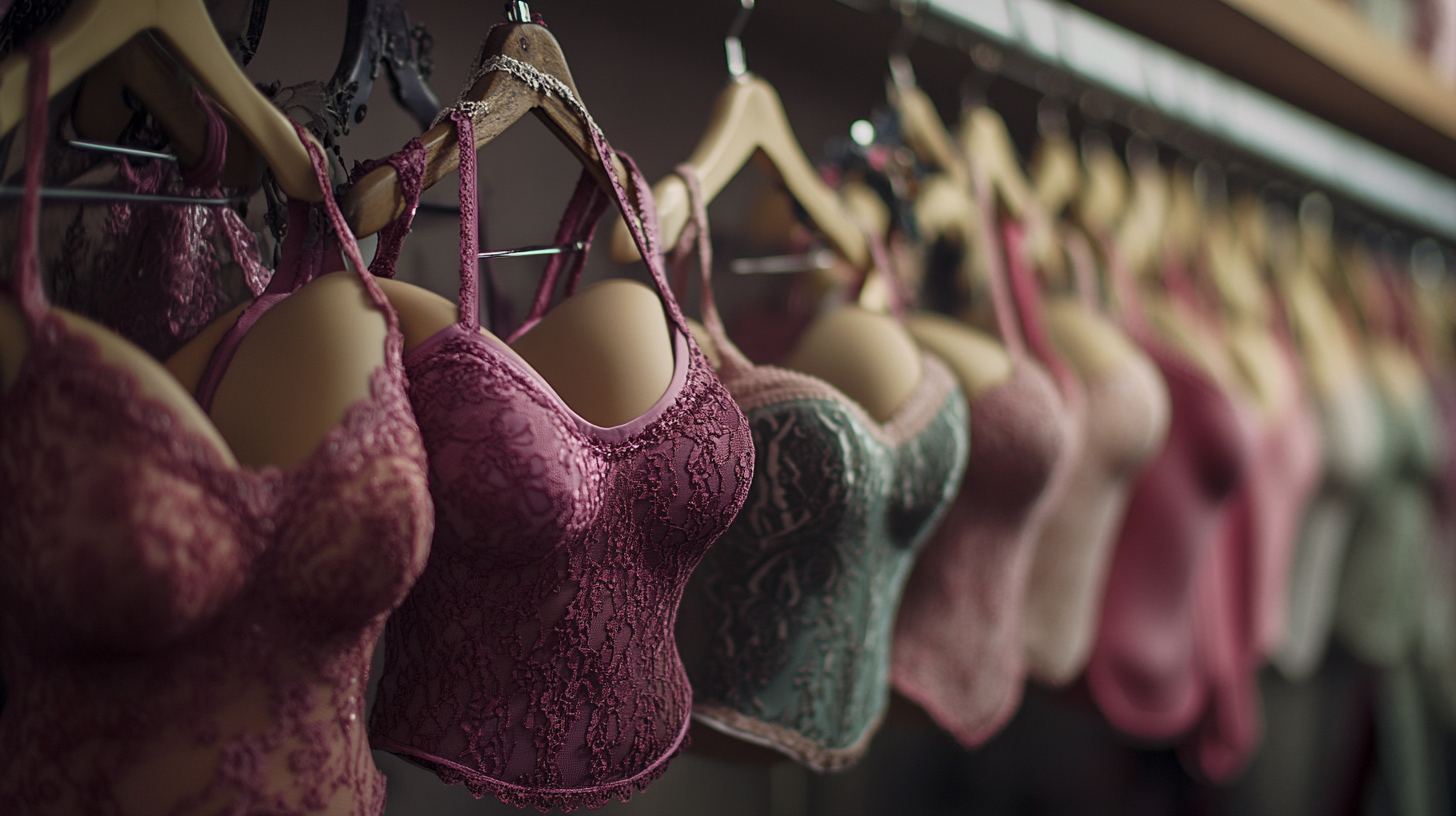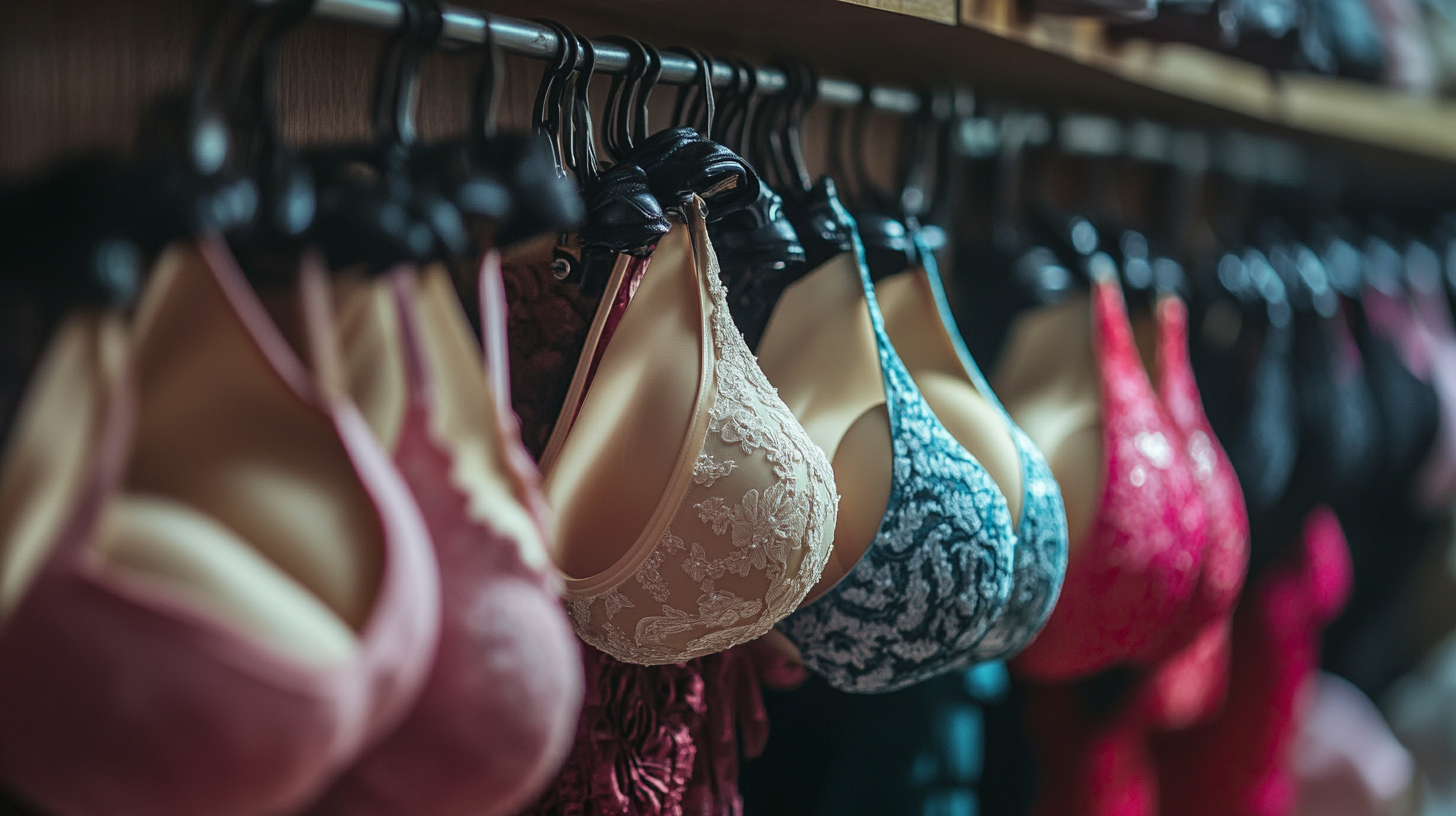Problems with Sourcing High-Quality Bras from Manufacturers Worldwide
In the competitive world of lingerie, sourcing high-quality bras from manufacturers worldwide poses a significant challenge for many businesses. With a vast array of options available, selecting the right bra manufacturer becomes crucial in ensuring that the products meet consumer expectations for comfort, fit, and durability. However, this process is often fraught with difficulties, including inconsistency in production quality, varying manufacturing standards across regions, and communication barriers that can lead to misunderstandings in design specifications. Additionally, navigating the ethical implications of production practices and the impact of global logistics further complicates the sourcing journey. As brands strive to establish themselves in the market, understanding these challenges and implementing strategic solutions is essential to successfully partner with a reputable bra manufacturer and deliver products that resonate with customers.

Challenges in Identifying Reliable Bra Manufacturers Globally
Sourcing high-quality bras from manufacturers worldwide presents unique challenges, particularly when it comes to identifying reliable partners. The dynamic landscape of the bra market, especially in regions like India, highlights both opportunities and obstacles. With the rise of local brands catering to diverse consumer needs, from basic to premium segments, manufacturers are under pressure to maintain quality while scaling production. According to recent industry reports, the Indian bra market alone has witnessed a growth rate of approximately 15% annually, driven by increasing awareness of fit and comfort among consumers.
However, the influx of international brands complicates the sourcing landscape further. Many local manufacturers may struggle to compete with established global players that have long-standing reputations for quality and consistency. Given the critical importance of materials and craftsmanship in bra production, sourcing high-quality fabric and ensuring ethical manufacturing practices can be daunting. A global survey revealed that up to 40% of buyers encounter difficulties in verifying supplier reliability, making it essential to conduct thorough research and vetting processes. As the market continues to evolve, brands must navigate these challenges to ensure they partner with manufacturers that uphold quality and ethical standards.

Quality Control Issues in Bra Production Across Different Countries
When sourcing high-quality bras from manufacturers around the globe, one of the most pressing concerns is quality control across different countries. Each region has its own production standards and regulations, leading to significant variations in the finished products. For example, some countries prioritize cost over craftsmanship, resulting in bras that may lack proper support or durability. This disparity can create a challenge for brands that want to maintain a consistent level of quality in their products.
Moreover, cultural differences in sizing and fit can further complicate quality assurance. Manufacturers in different countries may use varying measurements, leading to inconsistencies in the final product. This can impact not only the fit of the bras but also the overall comfort for consumers. Brands need to establish clear communication and strict quality control measures with their manufacturers to navigate these complexities, ensuring that their designs meet the desired specifications and maintain the trust of their customers.

The Impact of Cultural Differences on Bra Design and Sizing
Cultural differences significantly influence bra design and sizing, leading to a myriad of challenges when sourcing high-quality bras from manufacturers worldwide. For instance, in some cultures, modesty plays a vital role in clothing choices, which can affect the style and functionality of bras produced locally. In contrast, Western markets may prioritize athletic and supportive designs, reflecting a more casual attitude towards body exposure. This variance highlights the importance of understanding regional consumer needs and preferences to ensure that products resonate well across diverse markets.
Furthermore, proper bra sizing remains a universal challenge, with studies indicating that a large percentage of women wear the wrong size bra, often experiencing discomfort and even health risks during exercise and daily life. This issue is compounded by the lack of standardized sizing across brands and regions, making it crucial for manufacturers to consider anatomical differences that stem from cultural backgrounds. A deeper understanding of these factors not only enhances the fit and comfort of bras but also promotes better health and performance, particularly for women engaging in rigorous activities such as running or high-impact workouts.
Logistical Hurdles in Sourcing Bras from International Suppliers
Sourcing high-quality bras from international suppliers presents a myriad of logistical hurdles, deeply intertwined with the complexities of global supply chains. As highlighted by recent industry challenges, many manufacturers, like JSW Steel, find themselves struggling with unresponsive suppliers and transportation issues. This is particularly relevant in the lingerie sector, where factors such as timely delivery, product quality, and compliance with regulatory standards significantly affect market performance.
Adding to these challenges are the fluctuating currency rates, which can exacerbate supply chain risks and complicate cost management. Such financial uncertainties can hinder manufacturers in making informed sourcing decisions and maintaining profitable operations. For companies in the lingerie industry, the pressure to navigate these logistical hurdles while ensuring that high-quality products are delivered on time necessitates innovative approaches to supply chain management and collaboration with reliable partners to enhance resilience amidst the disruptions.
Navigating Ethical Standards in Global Bra Manufacturing Practices
In the realm of global bra manufacturing, navigating ethical standards is increasingly complex yet essential. As companies expand their sourcing operations across diverse regions, they face the critical challenge of ensuring that their supply chains adhere to ethical labor practices. From fair wages to safe working conditions, the responsibility lies with manufacturers to establish transparency and accountability. The rise of consumer awareness regarding ethical sourcing has amplified the pressure on brands to scrutinize their supply chains, ensuring that the products they offer not only meet quality standards but also reflect their commitment to social responsibility.
Technological innovation plays a crucial role in enhancing ethical practices in the apparel industry. By leveraging advances like blockchain technology, companies can achieve greater traceability and verification within their supply chains. This not only helps in mitigating risks associated with unethical practices but also fosters consumer trust. As sustainability becomes a significant focus, integrating ethical considerations into the production processes of high-quality bras is vital. Companies that prioritize ethical standards can not only enhance their brand reputation but also contribute to a more equitable and sustainable global industry, balancing quality with conscience.

Home
Products
One-Piece Bra
Adhesive Bra
Tank Top Bra
Knit Bra
About Us
News
Contact Us






